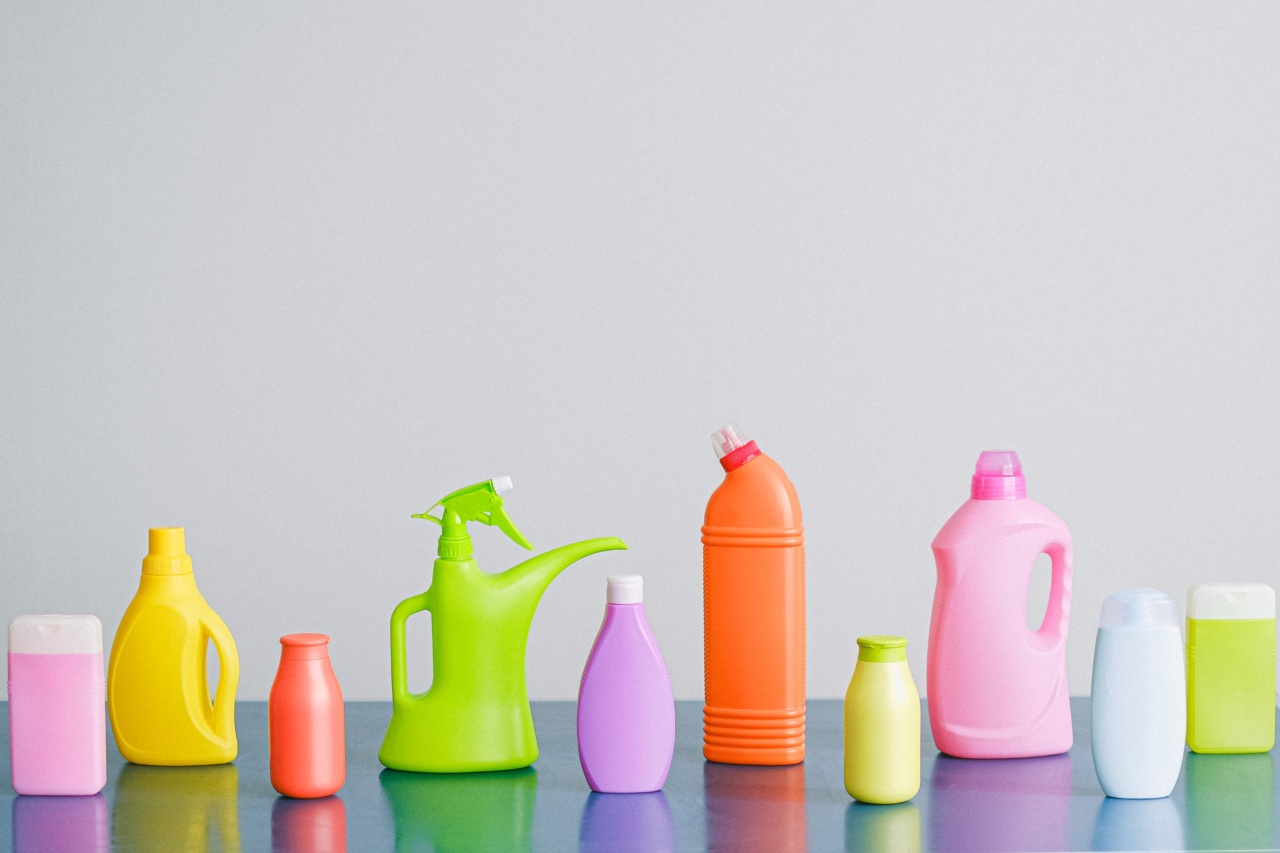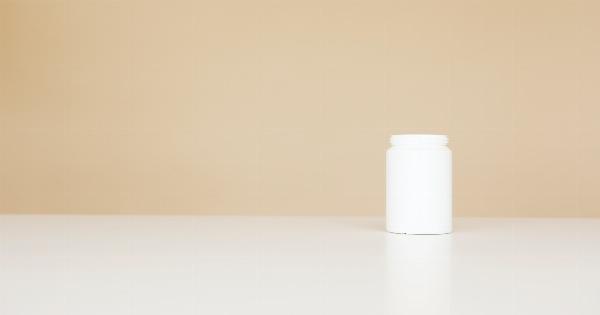Household cleaning products play a critical role in keeping our homes and workplaces clean and healthy. These products are designed to protect us from harmful bacteria, viruses, and other microorganisms that are prevalent in our environment.
Antibiotic resistance is also an emerging problem in society. The use of antibiotics has significantly contributed to the development of antibiotic resistance in various bacteria. However, many people are unaware that there is a connection between household cleaning products and antibiotic resistance.
The Connection between Household Cleaning Products and Antibiotic Resistance
Antibiotic resistance is the ability of microorganisms to resist the effects of antibiotics. It means that antibiotics are no longer able to kill the bacteria because it has become resistant to them.
Researchers have discovered that some household cleaning products may contribute to antibiotic resistance.
Triclosan
Triclosan is a chemical commonly found in household cleaning products. Its antimicrobial properties make it an important ingredient in products that claim to kill germs.
However, researchers have found that triclosan can contribute to antibiotic resistance. Triclosan kills bacteria by targeting specific enzymes. However, the excessive use of triclosan can lead to selective pressure, which causes bacteria to mutate and become resistant to it.
Once bacteria develops resistance to triclosan, it can also develop resistance to antibiotics that work using the same mechanisms.
Quaternary Ammonium Compounds
Like triclosan, quaternary ammonium compounds (QACs) are also commonly found in household cleaning products. QACs are effective at killing bacteria but can also contribute to antibiotic resistance.
Researchers have found that bacteria exposed to QACs can develop resistance to them over time. This resistance can also lead to resistance to antibiotics that work using similar mechanisms.
The Overuse of Household Cleaning Products
The overuse of household cleaning products can also contribute to antibiotic resistance indirectly. Cleaning products are often used when they are unnecessary.
Overuse of these products can lead to the killing of all bacteria, including beneficial bacteria. This can lead to a disruption of the microbiome, a collection of bacteria that live within and on the human body. When the microbiome is disrupted, it can lead to imbalances that can contribute to the development of antibiotic-resistant bacteria.
Reducing the Risks of Antibiotic Resistance from Household Cleaning Products
To reduce the risk of antibiotic resistance from household cleaning products, it is essential to use them sparingly. Only using cleaning products when they are necessary can reduce the overuse of triclosan and QACs.
It is also essential to follow the instructions on the label of cleaning products. Doing so can help ensure that the products are used in the correct concentrations and for the correct amount of time.
Using Antibacterial Products Wisely
Using antibacterial products such as hand sanitizers is also an essential step in reducing the risk of antibiotic resistance. These products are effective at killing bacteria, but they are not always necessary.
Regular hand-washing with soap and water is often enough to remove germs. When using hand sanitizers, it is essential to use them correctly. Applying a small amount of sanitizer and rubbing it on the hands for at least 20 seconds is essential to kill bacteria effectively.
Conclusion
The use of household cleaning products is essential in maintaining a healthy environment. However, it is crucial to be aware of the risks and potential consequences associated with the overuse of these products.
Reducing the use of triclosan and QACs, using cleaning products sparingly, and following the instructions on the product label can help reduce the risks of antibiotic resistance. Using antibacterial products wisely, such as hand sanitizers, can also contribute to reducing the risks of antibiotic resistance.





























